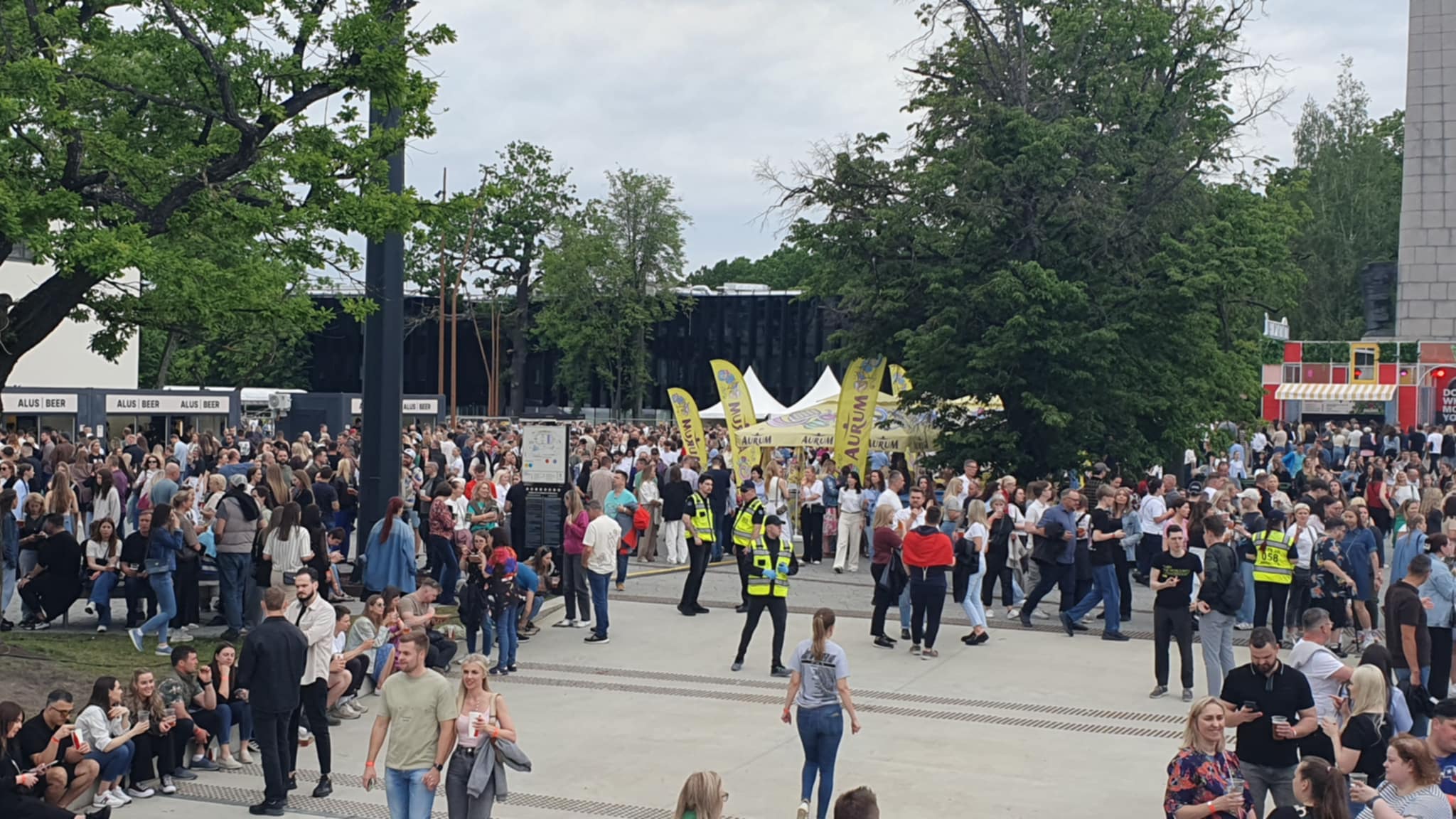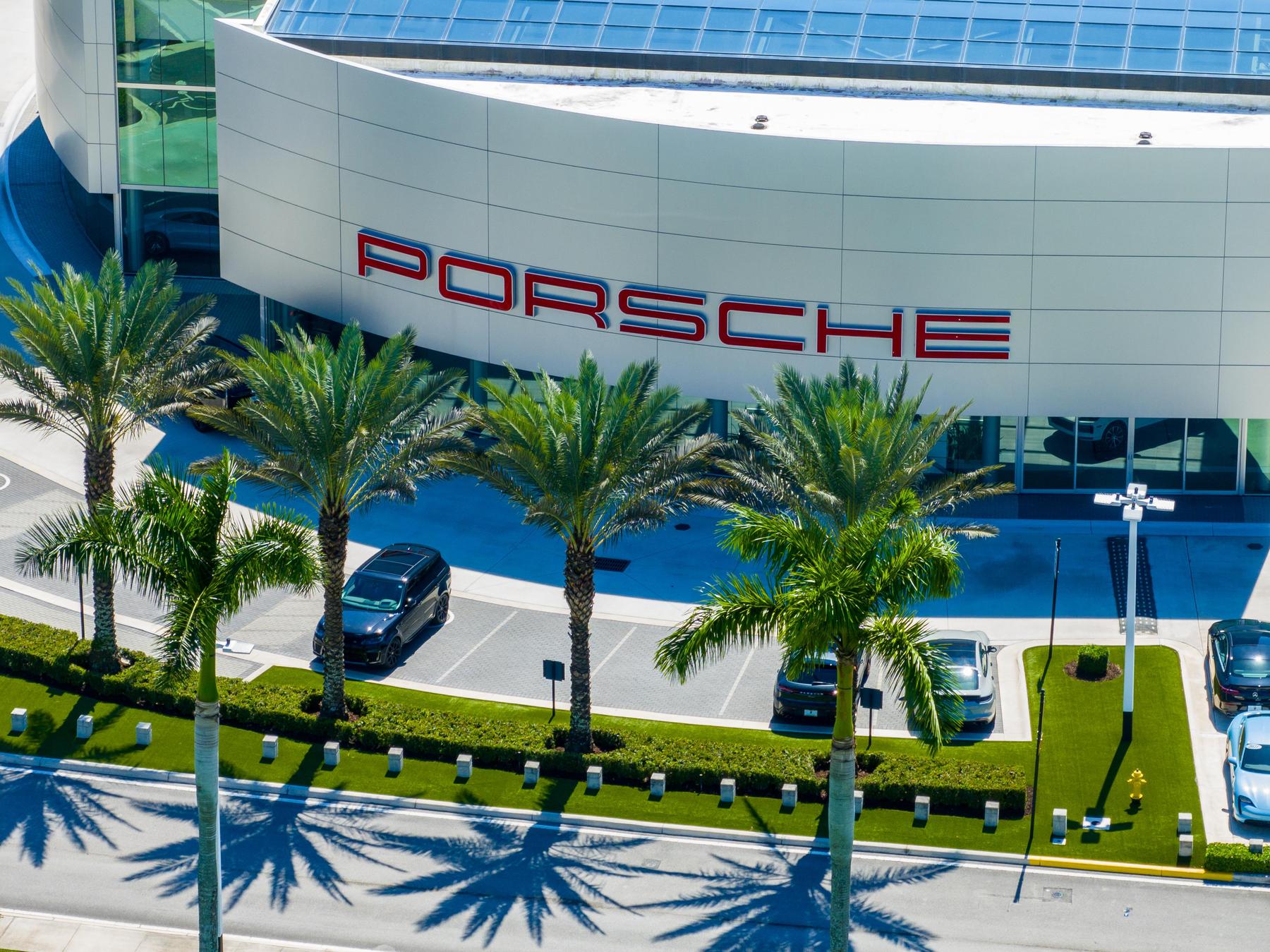Lit a discussion of the fate of authentic equipment: it is not necessary to stare

History of Globe
In late 2024, the cafe « Pasaka » returned. Not the legendary 1960s. Children’s feeding and entertainment spaces were opened in the form of Laisvės Alley, while glowing stained glass pyramids at Kaunas Picture Gallery. Through several floors of the building, more Soviet -era childhood memories have been flown: the rolled sunflower sunflower and pear -flavored lemonade, dolls with large flipping eyes and a keys, bears, flashing lamps with Christmas garlands and glass fir trees, leafy Fur, aluminum bowls and the same metal cutlery.
Not only did the creators of the exhibition gather items that could be found 40 years ago by every family of children with children, but also opened up various spaces of childhood or children at that time – birth houses, kindergartens, schools, yards and yards. The photos on the walls returned again to metal swing, skating rinks on which the little ones from apartment buildings allowed the little ones. However, on the ground floor, the spectacular stairs called « Globe » lit the discussion « Globe » case: it is not necessary to stare « .
« Say where would you put a comma in this sentence? » – The meeting was approached by the moderator of the discussion.
In contrast to most other playground devices, the Globe avoided the fate of scrap metal. After spending many years in Vilnius, he was brought to the Kaunas Picture Gallery after the repair work, where he continues his passions. For some, he burns his eyes, as a clear sign of Soviet colonialism, for others it is warm with warm memories and reminiscent of carefree childhood.
The Soviet game life was characterized by homogeneity and fixity.
The goal is to preserve
Artist Evelina Šimkutė has been fighting for years to keep authenticity in the apartment building. In the courtyard in the courtyard in Šilainiai, Kuršių Street, there is a skating rink to this day, and it is located around 1985–1989. Unfortunately, it can be destroyed this year, as with the rest of the area’s replaced by new equipment. The artist wrote a number of projects for preserving this legacy, but none of them received the expected response.
Fighter: E Šimkutė strives to have at least a few old playgrounds or their elements in the city. Photo by Edgar Cickiewicz
« It is like this, and as elsewhere? After receiving a scholarship of the Lithuanian Council of Culture, we went to Klaipėda, Šiauliai and Tauragė with Rūta Lukošiūnaitė. We walked around the apartment areas.
Together with R. Lukošiūnaitė, she prepared the project « Lives the Live Archive of the neighborhood ». During the expeditions, discussions, workshops, the blacks collected photographs and sound stories, illustrating and sounding the daily routine of the residents of Šilainiai district. Over the years, enthusiasts managed to collect more than 300 museum values - photos and audio recordings that Kaunas City Museum will be able to use in exhibitions, in various publications.
Peculiar icons
After conducting a study, which covered the history of Lithuanian playground design in 1940–1990, the second participant of the discussion Ieva Daujotaitė noted that the playgrounds were at the time a peculiar icon of Soviet politics.
« Due to the design of the centralized industrial construction system, their design was the same in all former USSR countries. Therefore, the design of the playgrounds before the collapse of the Soviet Union became so widespread that the former USSR generations experience, playgrounds are typical of a typical Soviet childhood idea, » said Daujotaitė.
According to her, the Soviet life of the game was characterized by homogeneity and fixity. Children played almost the same games from Kaliningrad to Vladivostok and, despite distances, were linked by the same childhood dreams. Because Soviet communism sought a Beklasian society, an existing joint property, playgrounds, the designer believed, was one of many cultural factors that formed childhood experience and contributed to communism ideas.
« In order to analyze the extent of the playground, the communist culture, I examine playgrounds through the theoretical cultural icon system. It stated that the swing that caused the discussion with Soviet culture was unjustifiably linked.
Most of the game equipment of that time is fully in line with today’s modernist style. Examples can be found in Western Europe, America, Asia.
It is interesting to study childhood
It is increasingly difficult to find not only old playgrounds, but also children playing in them. They are like an endangered species included in the Red Book.
« In order to understand this significant change in the landscape of the last century – the withdrawal of children from the public urban space, we have to look back to the past, to the late Soviet era.
According to her, very few historical sources speak directly about the experiences of children from their own perspective, making it very difficult to identify children as a story. Goda conducted such a study.
« In addition to the historical arguments about why it is worth exploring this topic, I was also curious to understand why parents would only invite one friend during the Soviet era, why the benches on the playgrounds were without boards, volleyball court – but it didn’t seem strange to anyone. On the lips, the audience answered. Some of the playground were the shrubs of the jungle density, for others the boulders in the yard remaining after the construction, and the third – the staircase railing.








